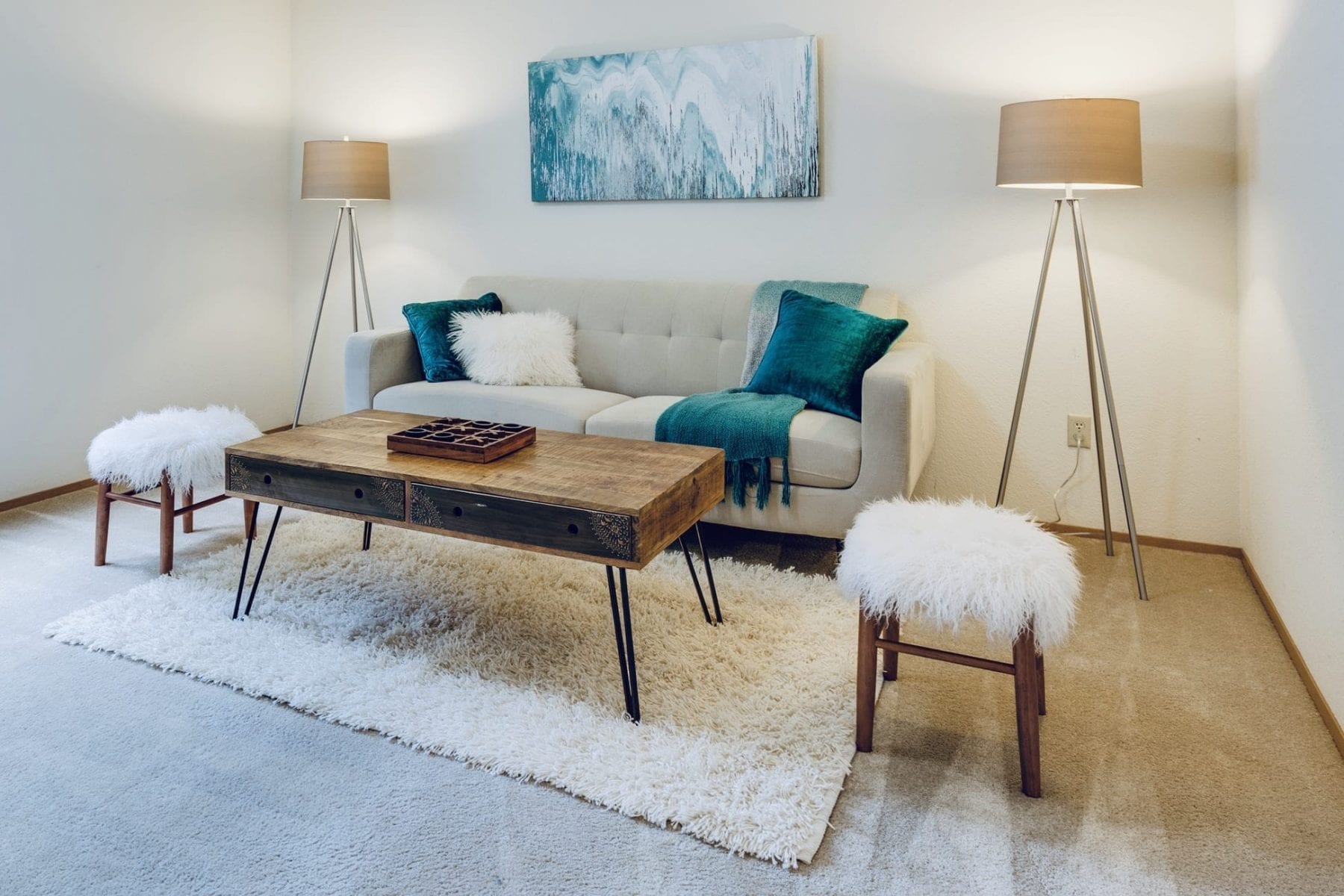

Articles
What Rugs Look Good On Carpet
Modified: January 9, 2024
Discover the best articles on rugs that look stunning when placed on top of carpet. Find inspiration and tips for selecting the perfect rugs for your carpeted floors.
(Many of the links in this article redirect to a specific reviewed product. Your purchase of these products through affiliate links helps to generate commission for Storables.com, at no extra cost. Learn more)
Introduction
When it comes to home decor, adding rugs on carpet can be a game-changer. Rugs not only provide an extra layer of comfort and warmth but also add style and personality to any space. They can enhance the visual appeal of your carpet, create defined areas within a room, and even protect your carpet from wear and tear.
Using rugs on carpet is a popular trend that can transform the look and feel of your living space. Whether you have wall-to-wall carpeting or a cozy carpeted area, rugs can help elevate the overall aesthetic. However, it’s essential to choose the right rugs that complement your carpet and enhance the overall decor.
In this article, we will delve into the benefits of using rugs on carpet and provide helpful tips to ensure you select the perfect rugs for your carpeted floors. From matching styles and colors to choosing the right size and maintaining your rugs, we will cover all the essential aspects of incorporating rugs on carpet.
So, if you’re looking to add some flair to your carpeted floors, let’s dive in and explore the wonderful world of rugs on carpet.
Key Takeaways:
- Elevate your living space by adding rugs on carpet to enhance visual appeal, define spaces, and protect your carpet from wear and tear. Choose textures, sizes, and styles that complement your existing decor for a cohesive and inviting ambiance.
- Incorporating rugs on carpet offers flexibility, warmth, and style, but requires additional maintenance and consideration of potential drawbacks. Carefully weigh the pros and cons to make an informed decision that reflects your unique taste and budget.
Read more: What Are Jute Rugs Good For
Why Use Rugs on Carpet
Adding rugs on carpet brings numerous benefits to your living space. Here are some compelling reasons why you should consider incorporating rugs into your carpeted areas:
- Enhanced Visual Appeal: Rugs have the power to transform the look and feel of a room. By introducing different textures, patterns, and colors, they can add depth and visual interest to your carpeted floors.
- Defined Spaces: Using rugs on carpet is an excellent way to create designated areas within a larger room. Whether you want a cozy seating area or a workspace, a strategically placed rug can define the space and give it a distinct identity.
- Protection for Your Carpet: Rugs act as a protective barrier for your carpet, shielding it from spills, stains, and wear and tear. Placing a rug in high-traffic areas can help preserve the quality and longevity of your carpet.
- Comfort and Softness: Hardwood or tiled floors can sometimes feel cold and uncomfortable. By layering rugs on carpet, you can add an extra layer of cushioning and warmth to your living space, making it cozy and inviting.
- No Need for Carpet Replacement: If you’re not a fan of your carpet’s color or pattern, using rugs on carpet gives you the opportunity to change up the look without the hassle and expense of replacing the entire carpet. Simply choose rugs that complement your desired aesthetic and place them strategically over your carpeted areas.
By utilizing rugs on your carpeted floors, you can effectively enhance the visual appeal, create defined spaces, protect your carpet, and add comfort to your home. The versatility and benefits of using rugs on carpet make them a fantastic addition to any interior design scheme.
Considerations for Choosing Rugs on Carpet
When selecting rugs to place on top of your carpet, there are a few important considerations to keep in mind to ensure a harmonious and visually appealing look:
- Texture: Consider the texture of your carpet and choose rugs with a contrasting texture for added visual interest. If your carpet has a plush and soft texture, opt for a rug with a flat or low pile. Conversely, if your carpet has a shorter and denser texture, you can choose a rug with a more textured or shaggy finish.
- Size: Measure the area of your carpet where you want to place the rug to determine the appropriate size. Consider the furniture layout and ensure that the rug is large enough to accommodate the furniture legs while still leaving a comfortable border of carpet around the edges.
- Style: The style of your rug should complement the overall aesthetic of your room. Consider the existing decor, color scheme, and theme. For example, if your room has a modern and minimalist design, opt for a rug with clean lines and simple geometric patterns. If you have a more traditional or eclectic style, you can choose rugs with intricate designs or vibrant colors.
- Color: When selecting a rug color, consider the dominant colors in your carpet and choose a complementary or contrasting hue. Matching the colors too closely can create a monotonous look, so selecting a contrasting color can add visual interest and make the rug stand out.
- Placement: Think about the placement of the rug on your carpet. Consider the focal points of the room, such as a coffee table or a seating area, and place the rug strategically to anchor these elements. Additionally, ensure that the rug is centered and symmetrical within the space to create a balanced and cohesive look.
By considering the texture, size, style, color, and placement of the rug, you can ensure a harmonious and visually appealing combination with your carpet. These considerations will help you select rugs that enhance the overall aesthetic of your space while creating a cohesive and inviting ambiance.
Matching Rug Styles with Carpet
Matching the style of your rug with your carpet is crucial in creating a cohesive and visually appealing look. Here are some tips to help you choose the right rug style for your carpet:
- Consider the Carpet Pattern: If your carpet has a bold or intricate pattern, it’s best to choose a rug with a simpler design. This allows the carpet pattern to be the focal point while the rug adds a layer of texture and visual interest.
- Balance Textures: If your carpet has a smooth and sleek texture, consider adding a rug with a more textured surface. This contrast in textures creates a visual break and adds depth to the overall aesthetic. Conversely, if your carpet has a textured surface, a rug with a flatter texture will create a balanced and visually pleasing combination.
- Coordinate Colors: While you don’t have to match the colors of your rug and carpet exactly, it’s important to choose colors that complement each other. Look for rugs that feature colors found in your carpet or select a complementary color from the color wheel. This will ensure a harmonious and coordinated look.
- Consider the Room Style: Take into account the overall style of the room when choosing a rug. For a contemporary or modern space, opt for rugs with clean lines, geometric patterns, or solid colors. In a traditional or classic setting, consider rugs with intricate designs or oriental patterns. The rug should harmonize with the existing decor and furniture.
- Focus on Size: When selecting a rug style, consider the size of the space and the furniture arrangement. Large areas may benefit from an oversized rug that encompasses the seating area, while smaller spaces may require a smaller rug that defines a specific area. Ensure that the rug doesn’t overpower the room or get lost among the furniture.
By carefully considering the pattern, texture, color coordination, room style, and size, you can create a cohesive and visually pleasing combination of rug styles with your carpet. Remember, the goal is to enhance the overall aesthetic of the room while maintaining a harmonious balance.
Colors and Patterns for Rugs on Carpet
Choosing the right colors and patterns for rugs on carpet is essential for creating a visually appealing and harmonious look. Here are some tips to help you make the right choices:
- Contrast or Complement: When it comes to color, you have two options: contrast or complement. If your carpet is a solid, neutral color, consider adding a rug with a bold and contrasting color to make a statement. On the other hand, if your carpet already has vibrant or patterned designs, choose a rug with complementary colors to create a cohesive look.
- Patterns: When matching patterns, it’s important to find a balance. If your carpet has a busy pattern, opt for a rug with a simpler design. This will prevent visual overload and make the overall look more cohesive. Conversely, if your carpet has a simple or solid pattern, you can choose a rug with a bolder and more intricate pattern to add interest and depth.
- Size of Patterns: Consider the size of the patterns on both the carpet and rug. If your carpet has large-scale patterns, a rug with small-scale patterns or solid colors can create a harmonious balance. Alternatively, if your carpet has small-scale patterns, a rug with larger-scale patterns can create an interesting visual contrast.
- Color Schemes: Pay attention to color schemes and harmonize the colors of the rug with the existing colors in the room. Use the color wheel as a guide to select complementary or analogous colors. For a cohesive look, choose a rug that incorporates some of the dominant colors found in the room.
- Neutral Options: If you prefer a more subtle and understated look, you can opt for a neutral-colored rug. Neutral tones such as beige, gray, or cream can blend well with most carpet colors and patterns. These rugs can still add texture and depth to the space without overpowering the existing decor.
Remember, the goal is to create a visually pleasing combination of colors and patterns that enhance the space and complement the existing carpet. Take into consideration the size, style, pattern, and color scheme of the rug to ensure a harmonious and cohesive look.
When choosing a rug to place on carpet, opt for a low-pile rug to prevent tripping hazards and ensure it lays flat. Consider a rug with a bold pattern or contrasting color to create visual interest and break up the carpeted space.
Read more: What Makes A Good Carpet
Choosing the Right Size Rug for Carpet
When it comes to rugs on carpet, selecting the right size is crucial for achieving a balanced and visually pleasing look. Here are some guidelines to help you choose the perfect rug size for your carpet:
- Consider the Furniture Layout: Take into account the placement of your furniture in the room. The rug should be large enough to accommodate the key pieces of furniture while still leaving a comfortable border of carpet exposed.
- Define Areas: If you want to create distinct areas within a larger room, use rugs to define those spaces. For example, in a living room, place a rug under the seating area to anchor the furniture and create a cozy conversation space.
- Measure the Space: Take accurate measurements of the area where you want to place the rug. Consider the length and width of the space and choose a rug size that fits well within those dimensions. Remember to account for any furniture that will be placed on the rug.
- Avoid Halfway Placement: When placing a rug on carpet, avoid positioning it halfway between two furniture groupings. Instead, opt for a rug that spans the entire seating area or covers a significant portion of the room. This creates a more cohesive and intentional look.
- Room Shape: In rooms with irregular shapes, consider choosing a rug shape that complements the space. For example, in a long and narrow room, a rectangular rug placed parallel to the longest wall can help visually elongate the space.
- Consider the Room Size: The size of the room also plays a role in rug selection. In larger rooms, you can opt for a larger rug that covers a significant portion of the space. In smaller rooms, a smaller rug that highlights a specific area or focal point can create a more proportionate and balanced look.
By considering the furniture layout, defining areas, measuring the space, avoiding halfway placement, considering the room shape, and factoring in the room size, you can choose the right rug size for your carpeted floors. Remember, the goal is to create a visually appealing and well-proportioned space that enhances the overall aesthetic of the room.
Maintaining Rugs on Carpet
Proper maintenance is key to ensuring the longevity and cleanliness of rugs on carpet. Here are some maintenance tips to keep your rugs looking their best:
- Vacuum Regularly: Regular vacuuming is essential to remove dirt, dust, and debris that accumulate on the rug. Use a vacuum cleaner with sufficient suction power to effectively clean the fibers. Be sure to vacuum both the rug and the underlying carpet.
- Spot Clean Stains: Act quickly on any spills or stains to prevent them from setting into the rug fibers. Blot the affected area with a clean cloth or paper towel to absorb as much liquid as possible. Use a mild detergent or carpet stain remover, following the manufacturer’s instructions, to treat the stain. Avoid vigorously scrubbing the area, as it can damage the rug.
- Rotate Your Rugs: To prevent uneven wear and prolong the life of your rugs, rotate them periodically. This helps distribute foot traffic and sunlight exposure evenly across the rug, ensuring consistent wear and maintaining its appearance.
- Protect from Sunlight: Prolonged exposure to direct sunlight can cause fading and discoloration of rugs. Use curtains or blinds to shield your rugs from excessive sunlight, especially in rooms with large windows or glass doors.
- Consider Professional Cleaning: Depending on the type of rug and the level of dirt or stains, professional cleaning may be necessary. Consult with a professional rug cleaner to determine the best cleaning method and frequency for your specific rug.
- Use Rug Pads: To prevent slipping and shifting of both the rug and the underlying carpet, use rug pads. These provide additional cushioning, reduce wear on the rug, and improve safety by keeping the rug securely in place.
By following these maintenance tips, you can keep your rugs on carpet looking clean, fresh, and well-maintained. Regular vacuuming, spot cleaning, rotation, sun protection, professional cleaning when needed, and the use of rug pads will ensure that your rugs retain their beauty and durability over time.
Pros and Cons of Using Rugs on Carpet
Using rugs on carpet offers various benefits, but it also comes with its own set of considerations. Let’s explore the pros and cons of incorporating rugs on carpet:
- Pros:
- Enhanced Visual Appeal: Rugs add an extra layer of style, texture, and visual interest to your carpeted floors, enhancing the overall aesthetic of the room.
- Defined Spaces: By strategically placing rugs on your carpet, you can create defined areas within a larger space, such as seating areas or workspaces.
- Protection for Your Carpet: Rugs act as a protective barrier, helping to shield your carpet from stains, spills, and wear and tear caused by foot traffic.
- Comfort and Warmth: Layers of rugs on carpet provide additional cushioning and insulation, making your living space more comfortable and cozy.
- Flexibility and Versatility: Rugs on carpet give you the flexibility to change the look of your space without replacing the entire carpet. You can easily swap out rugs to update the style or color scheme.
- Cons:
- Slippage: Depending on the type of carpet and rug, slippage can be a concern. It’s important to use rug pads or other non-slip solutions to keep the rug in place and prevent accidents.
- Extra Maintenance: Rugs on carpet require additional maintenance, including regular vacuuming and spot cleaning. They may also accumulate more dust and allergens between the two layers.
- Difficulty in Cleaning: Cleaning stains or spills that penetrate both the rug and carpet can be more challenging compared to cleaning just the carpet. Professional cleaning may be necessary for deep and thorough cleaning.
- Limited Carpet Visibility: Placing rugs on carpet partially covers the carpet, reducing its visibility. This may be a concern if you have invested in high-quality or visually appealing carpeting that you want to showcase.
- Cost Considerations: Adding rugs on carpet can be an additional expense. Depending on the size and quality of the rugs chosen, it may incur extra costs compared to leaving the carpet bare.
Ultimately, the decision to use rugs on carpet depends on your personal preferences, style, and maintenance capabilities. By weighing the pros and cons, you can make an informed choice about whether to incorporate rugs into your carpeted space.
Conclusion
Incorporating rugs on carpet can be a fantastic way to elevate the style, comfort, and functionality of your living space. By carefully considering the texture, size, style, color, and placement of the rugs, you can create a visually appealing and harmonious combination with your carpet.
The use of rugs on carpet brings numerous benefits. They enhance the visual appeal of your room, define distinct areas within a larger space, and provide protection for your carpet from spills and wear. Additionally, rugs add a layer of comfort and warmth to your home, making it cozier and more inviting.
While there are some considerations to keep in mind, such as maintaining the rugs and potential slippage, the overall advantages of using rugs on carpet outweigh the potential drawbacks. With proper maintenance, including regular vacuuming and spot cleaning, you can keep your rugs looking their best and maintain the longevity of both the rugs and the carpet.
Ultimately, the decision to use rugs on carpet depends on your personal style, preferences, and budget. By choosing rugs that complement your carpet’s texture, style, and color, you can create a cohesive and visually pleasing look that reflects your unique taste.
So, why not add some flair to your carpeted floors? Explore the wide range of rug options available, consider the size and placement, and let your creativity shine. Incorporating rugs on carpet is a versatile and creative way to transform your living space into a cozy and stylish oasis.
Frequently Asked Questions about What Rugs Look Good On Carpet
Was this page helpful?
At Storables.com, we guarantee accurate and reliable information. Our content, validated by Expert Board Contributors, is crafted following stringent Editorial Policies. We're committed to providing you with well-researched, expert-backed insights for all your informational needs.

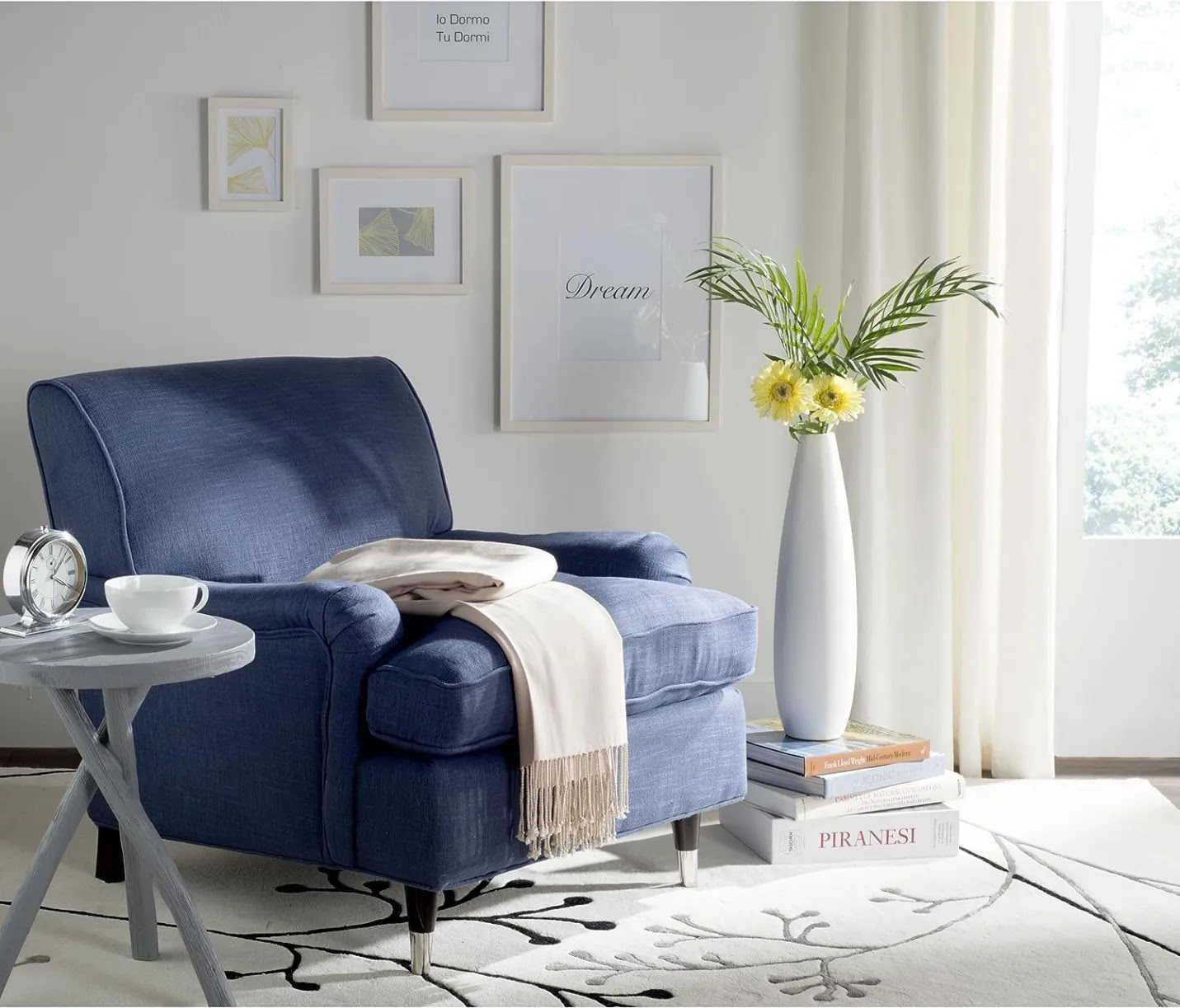
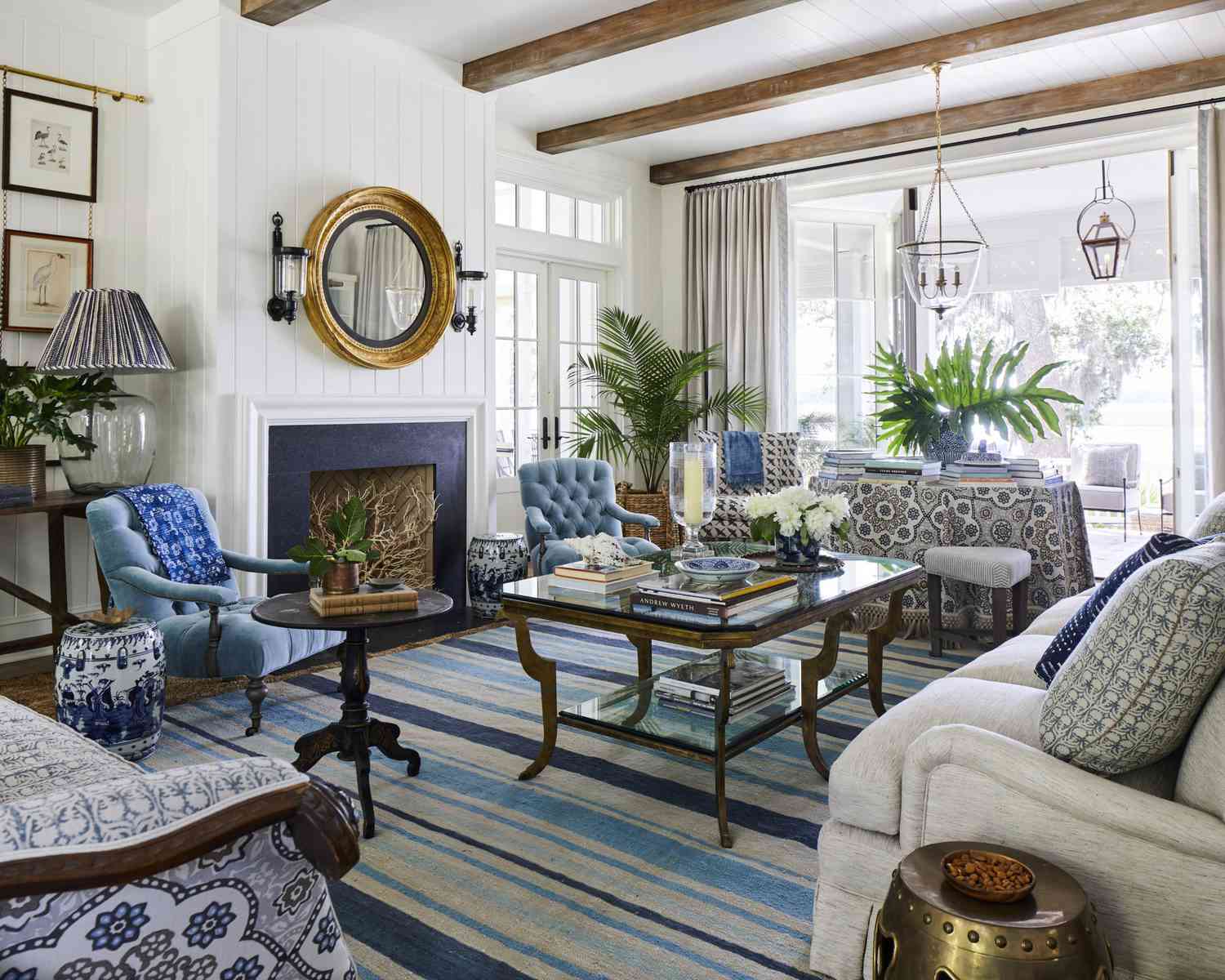
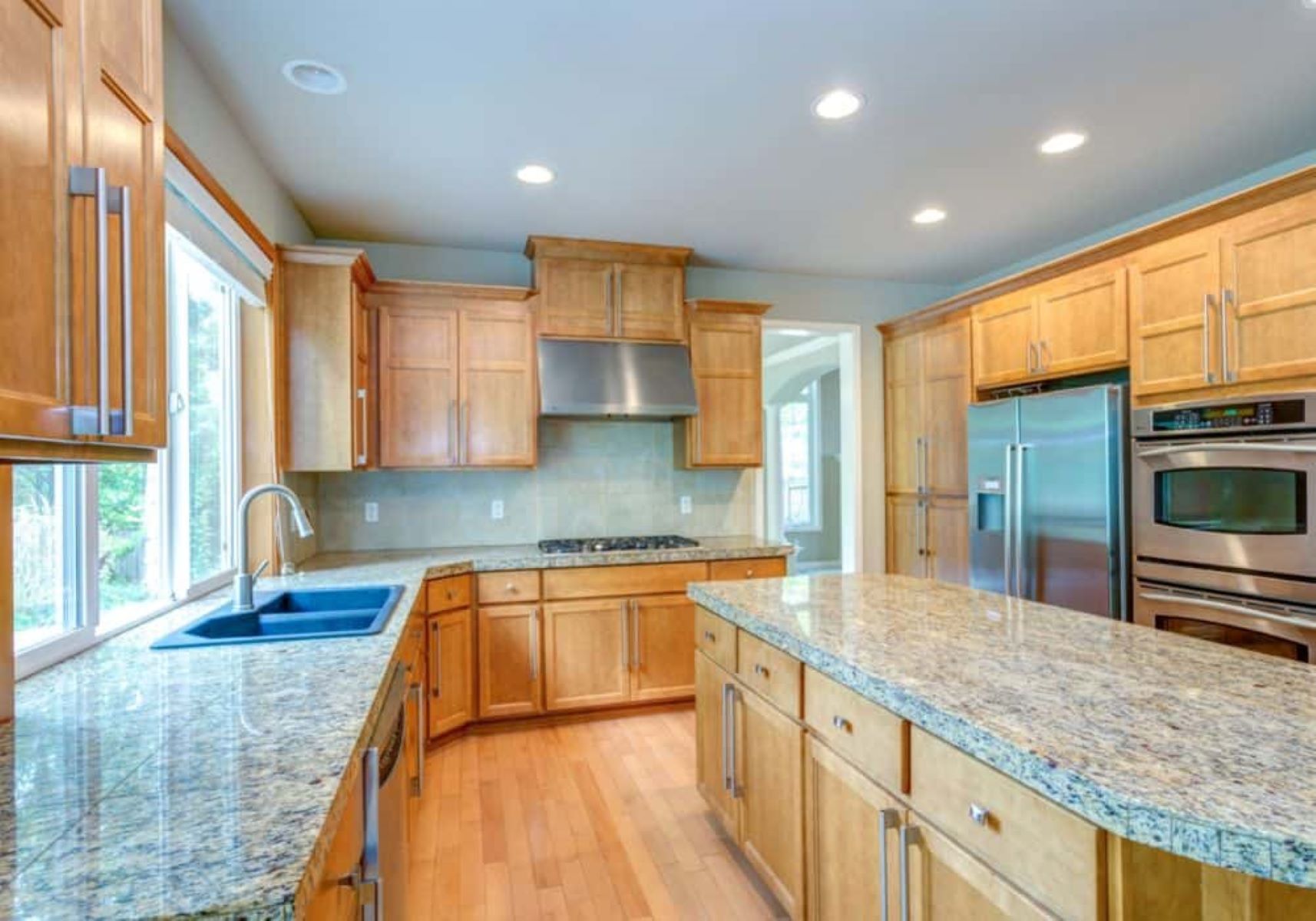
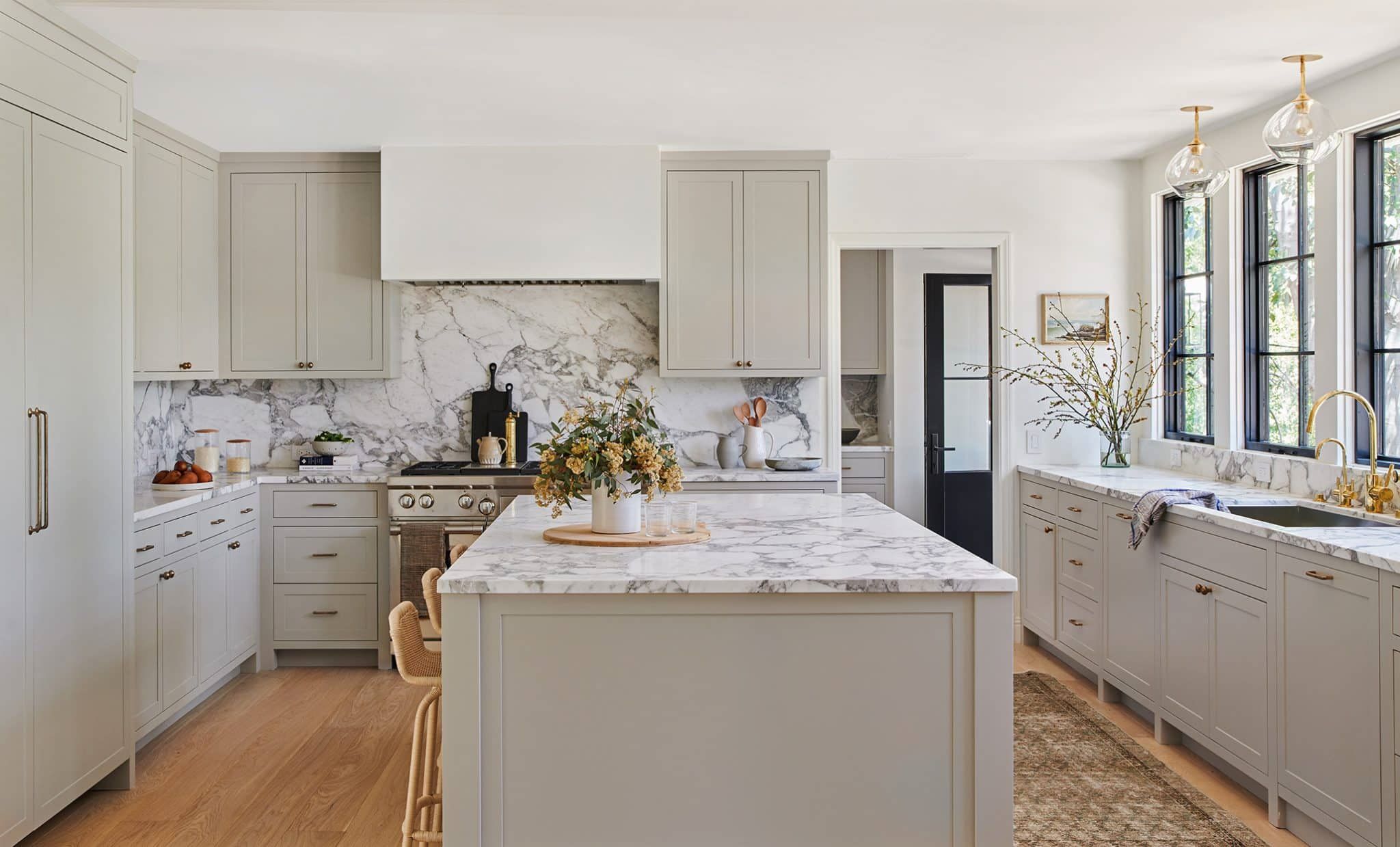
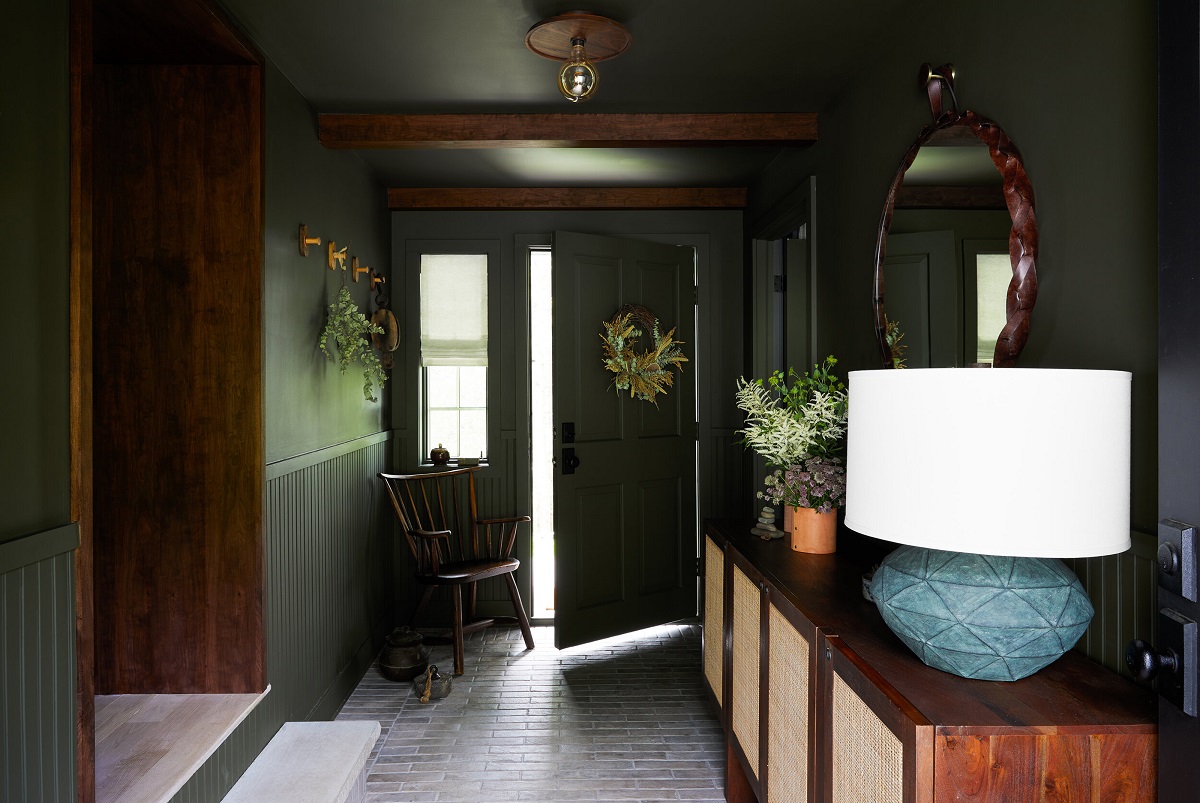
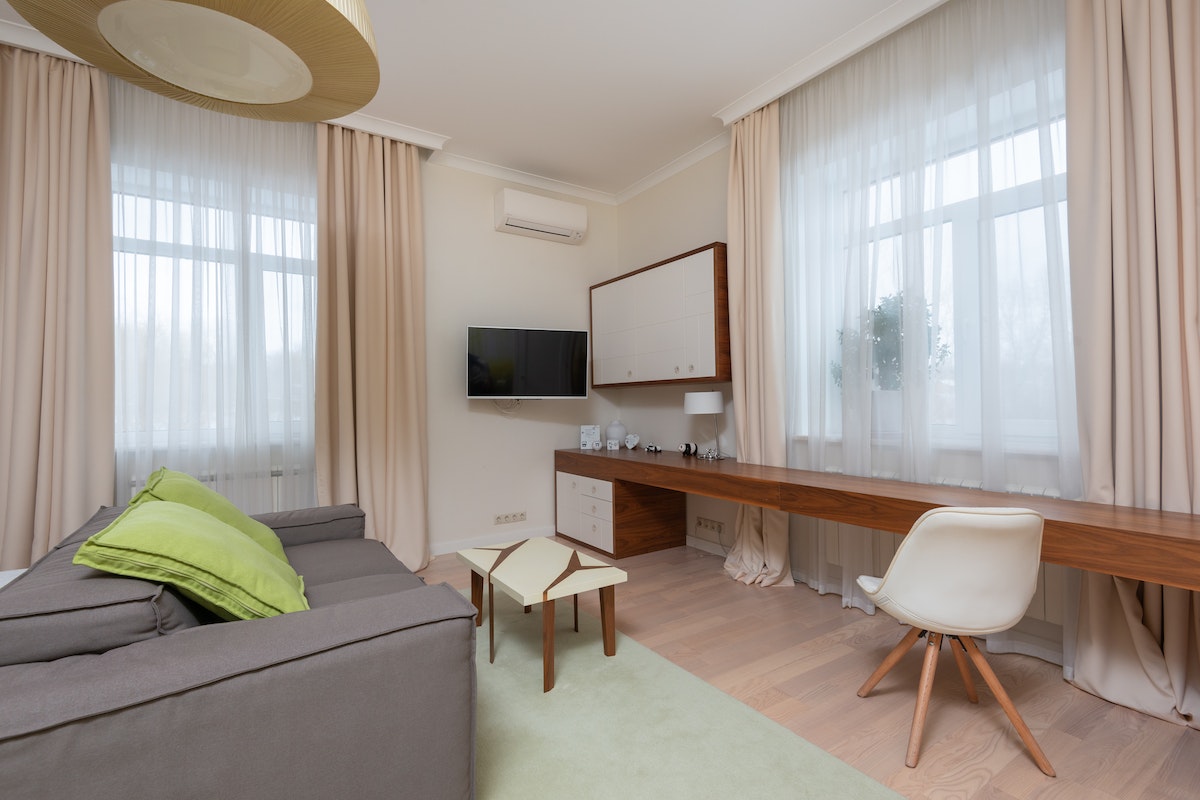


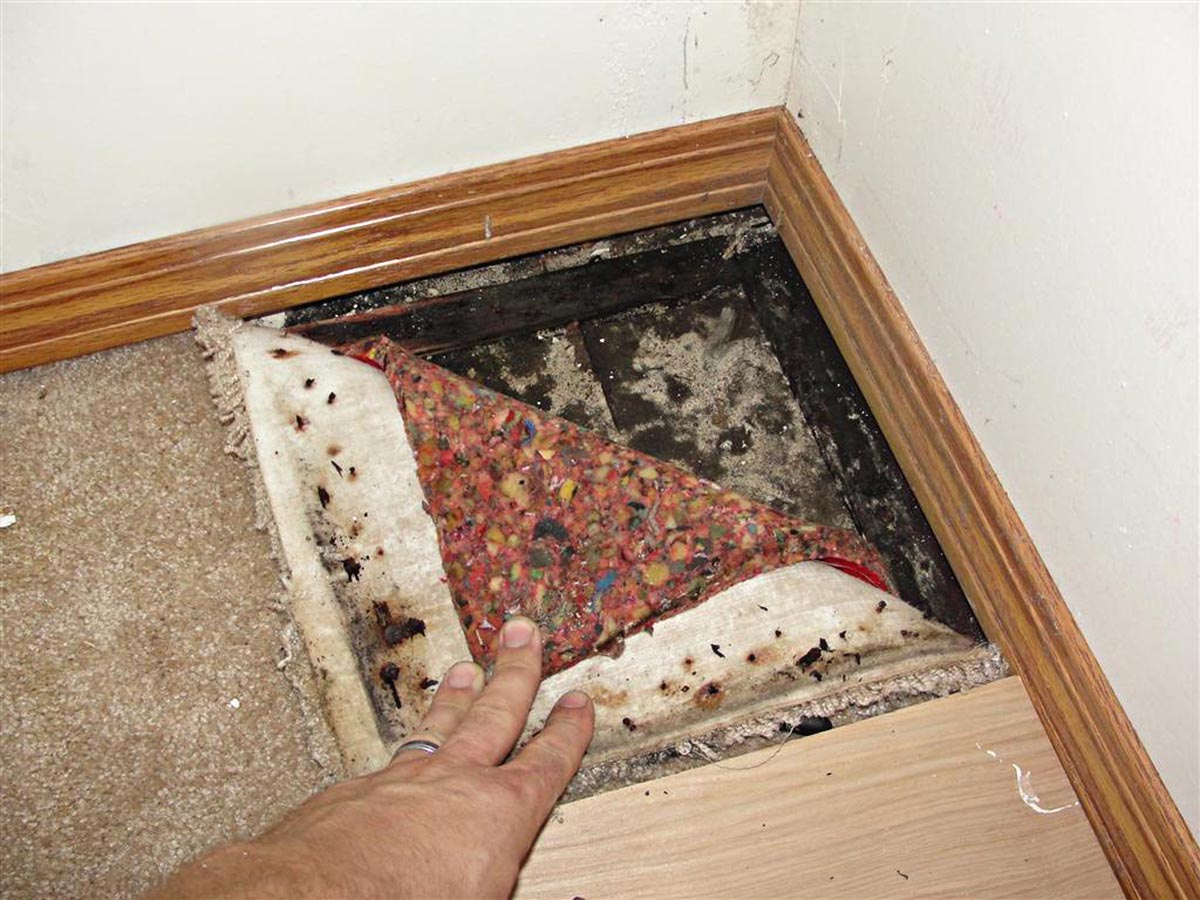
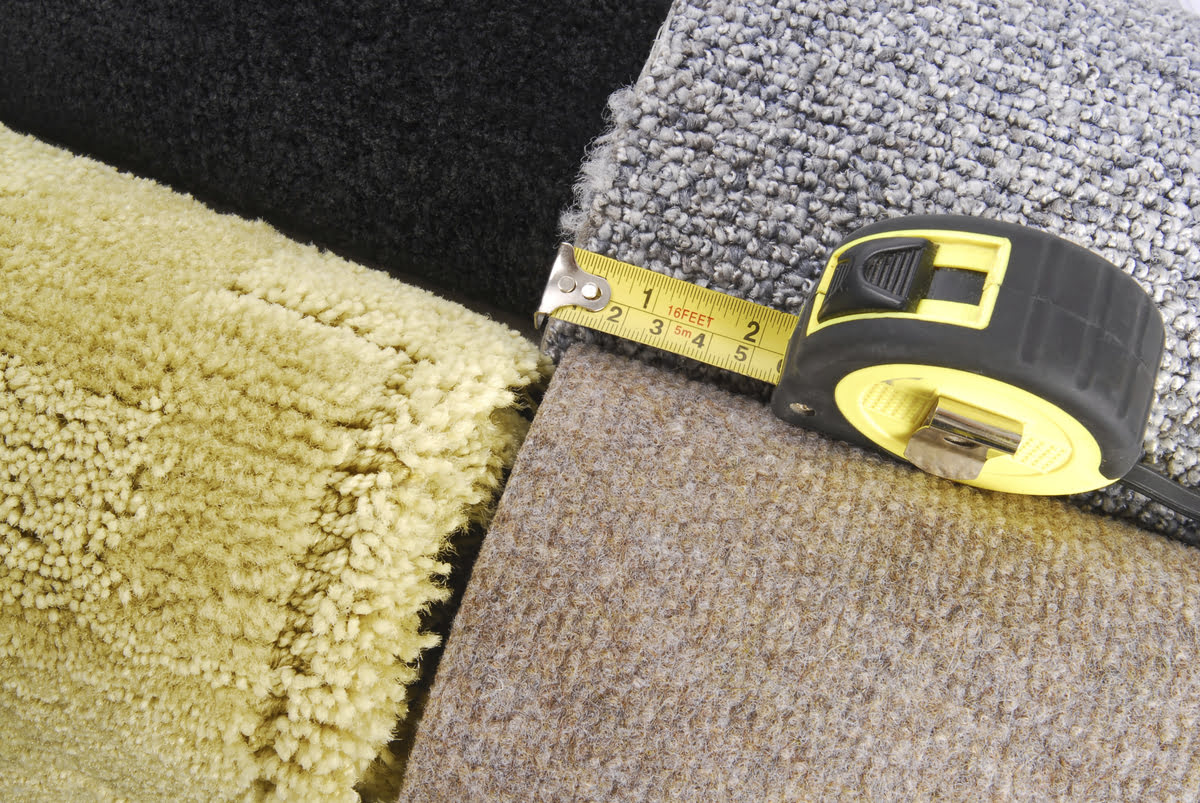
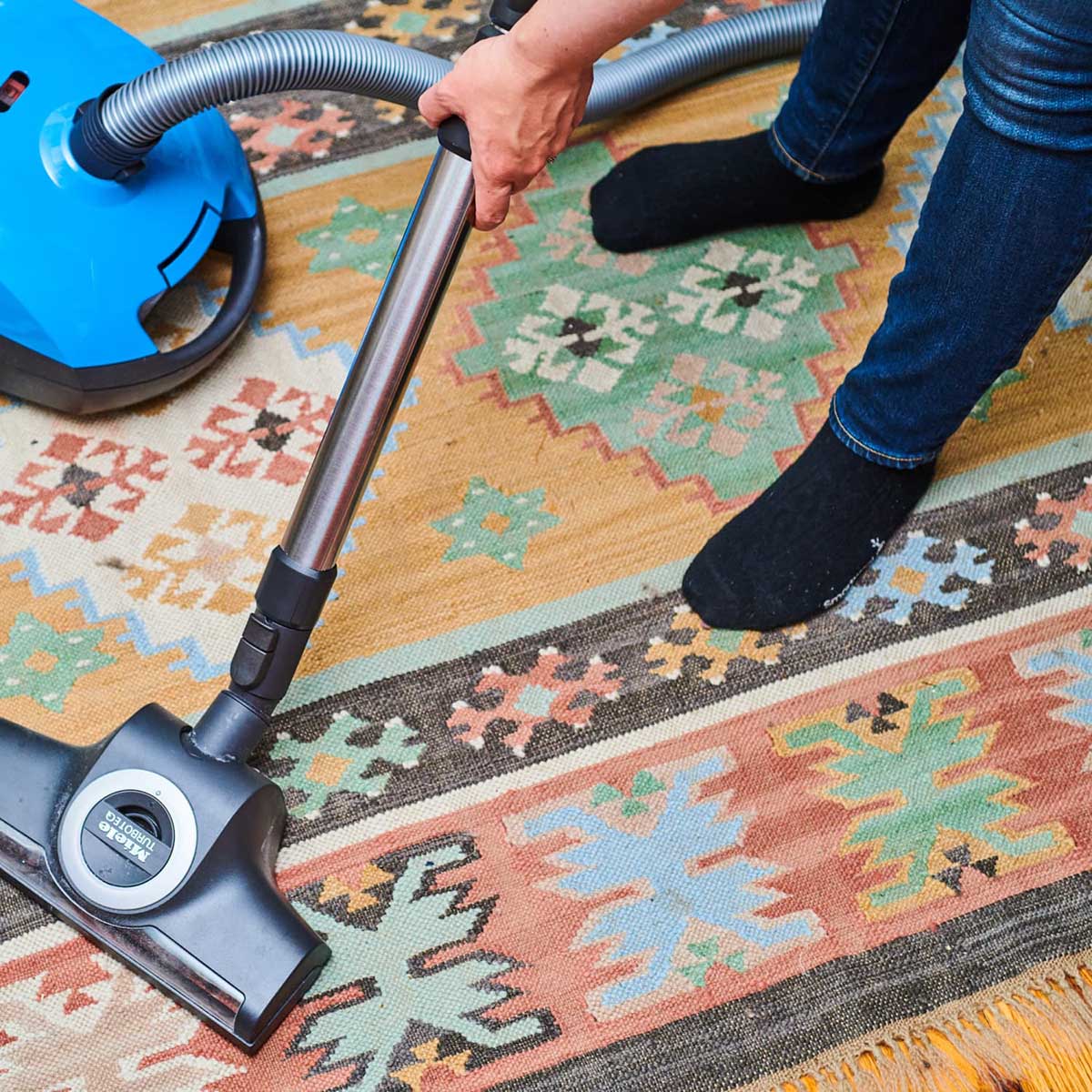
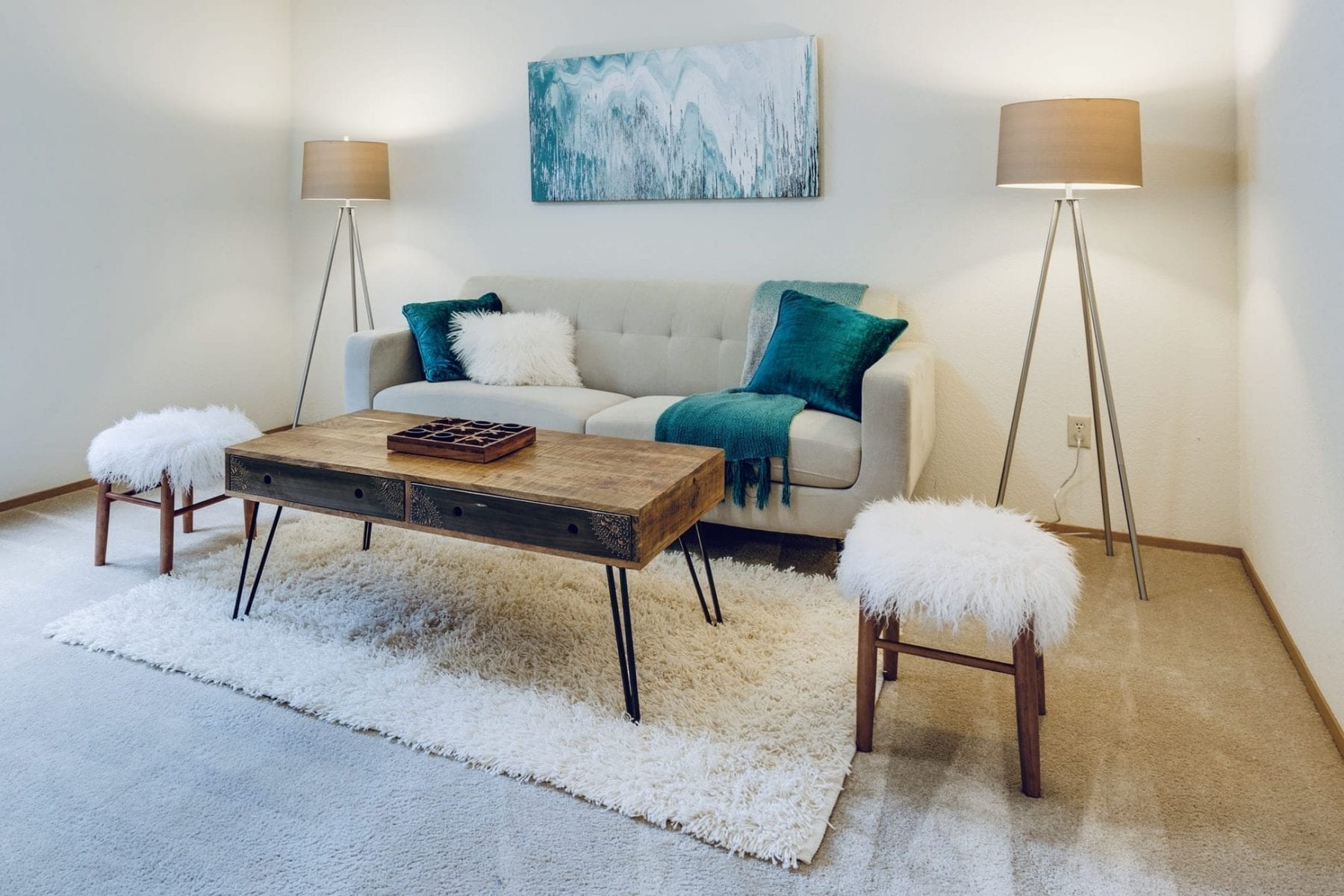
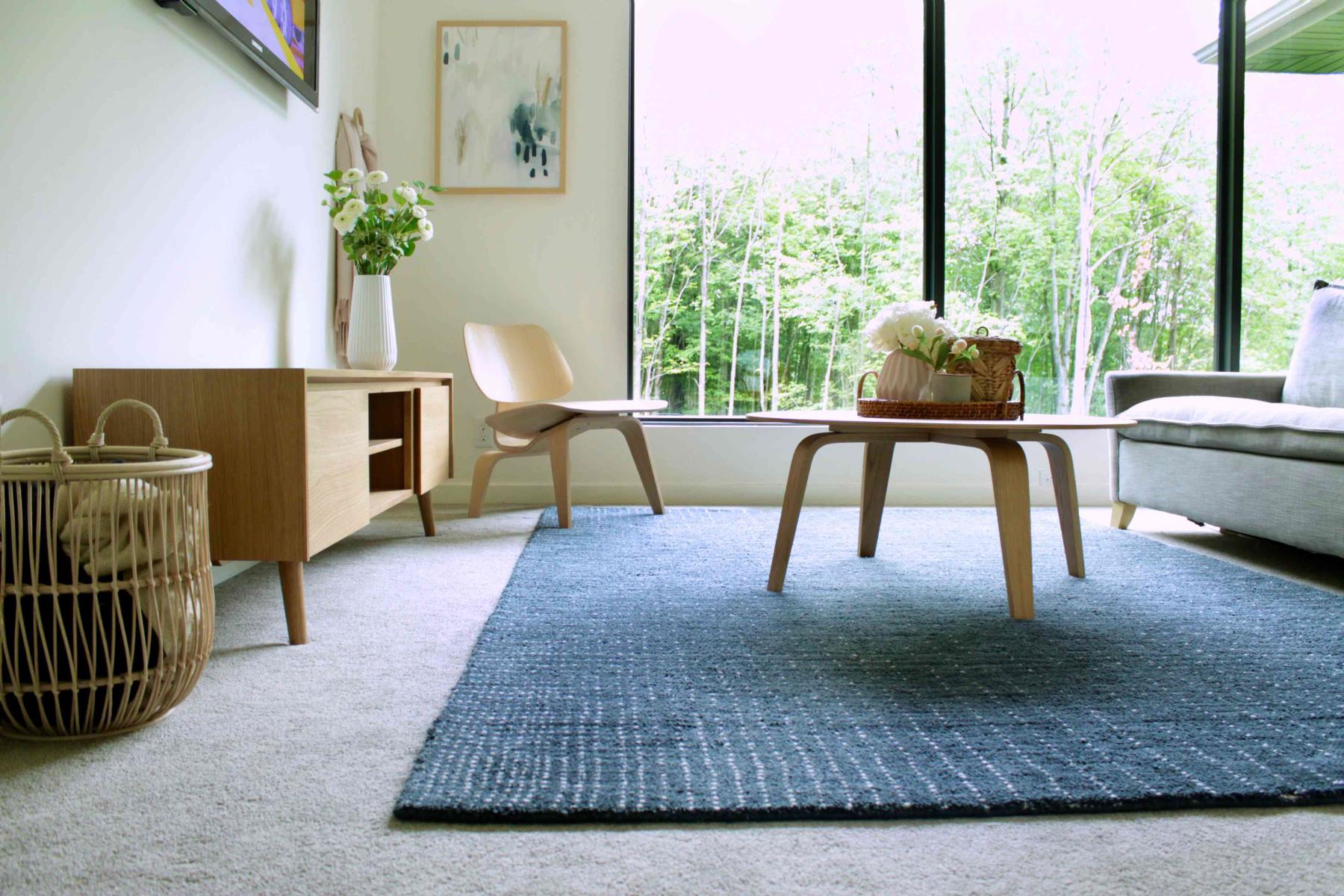

0 thoughts on “What Rugs Look Good On Carpet”